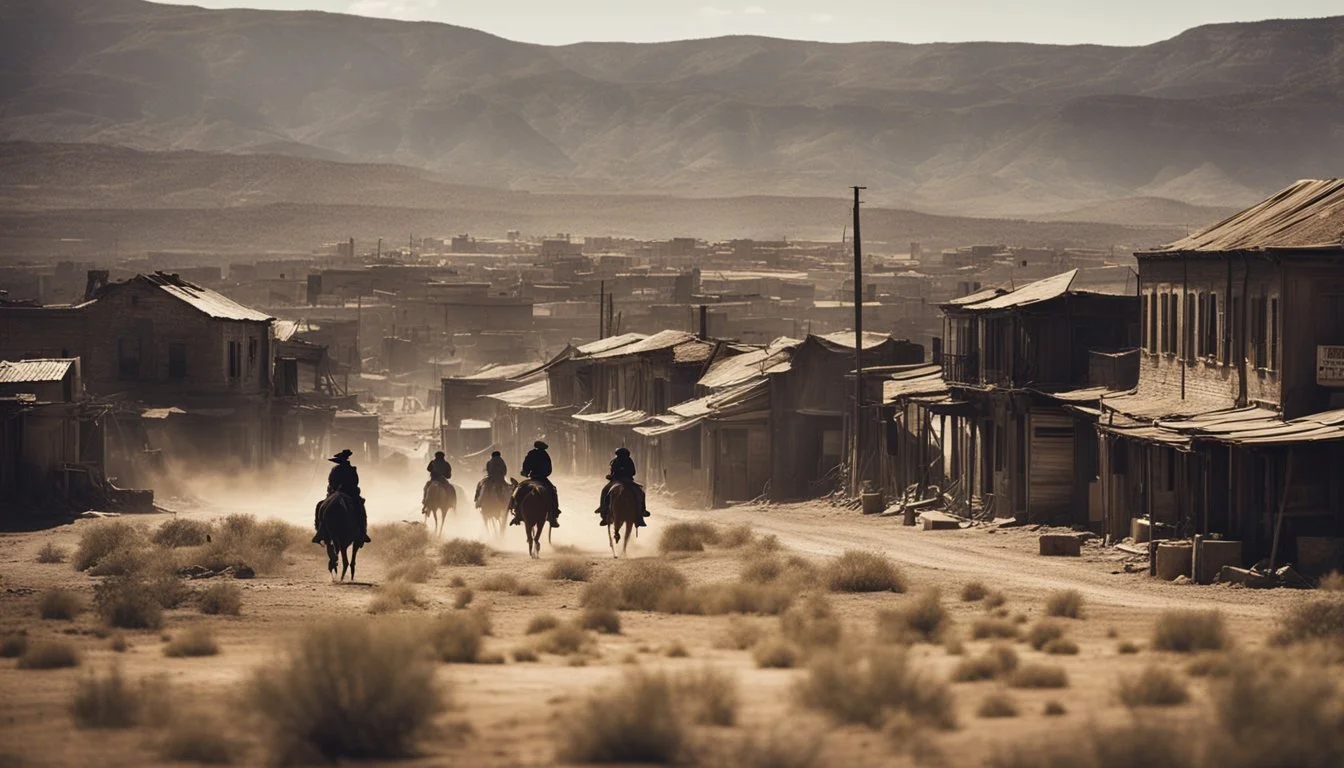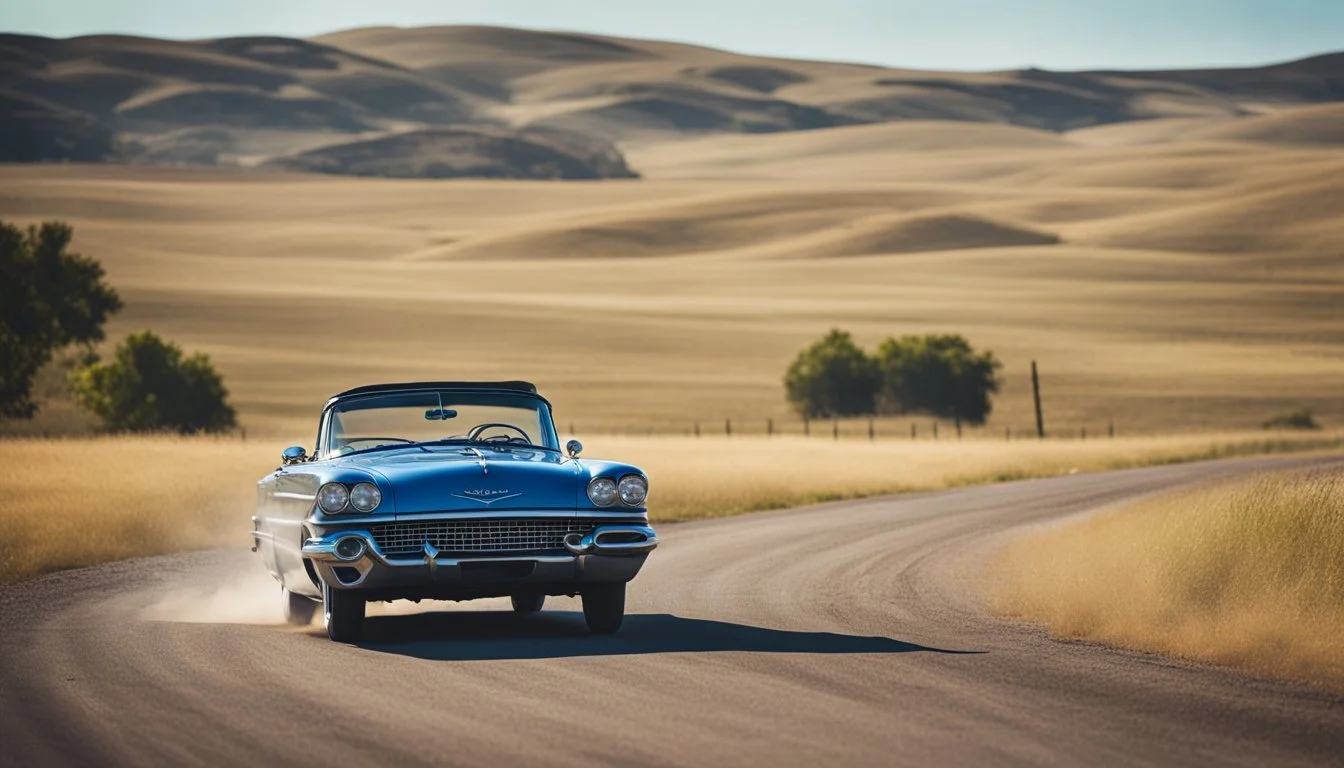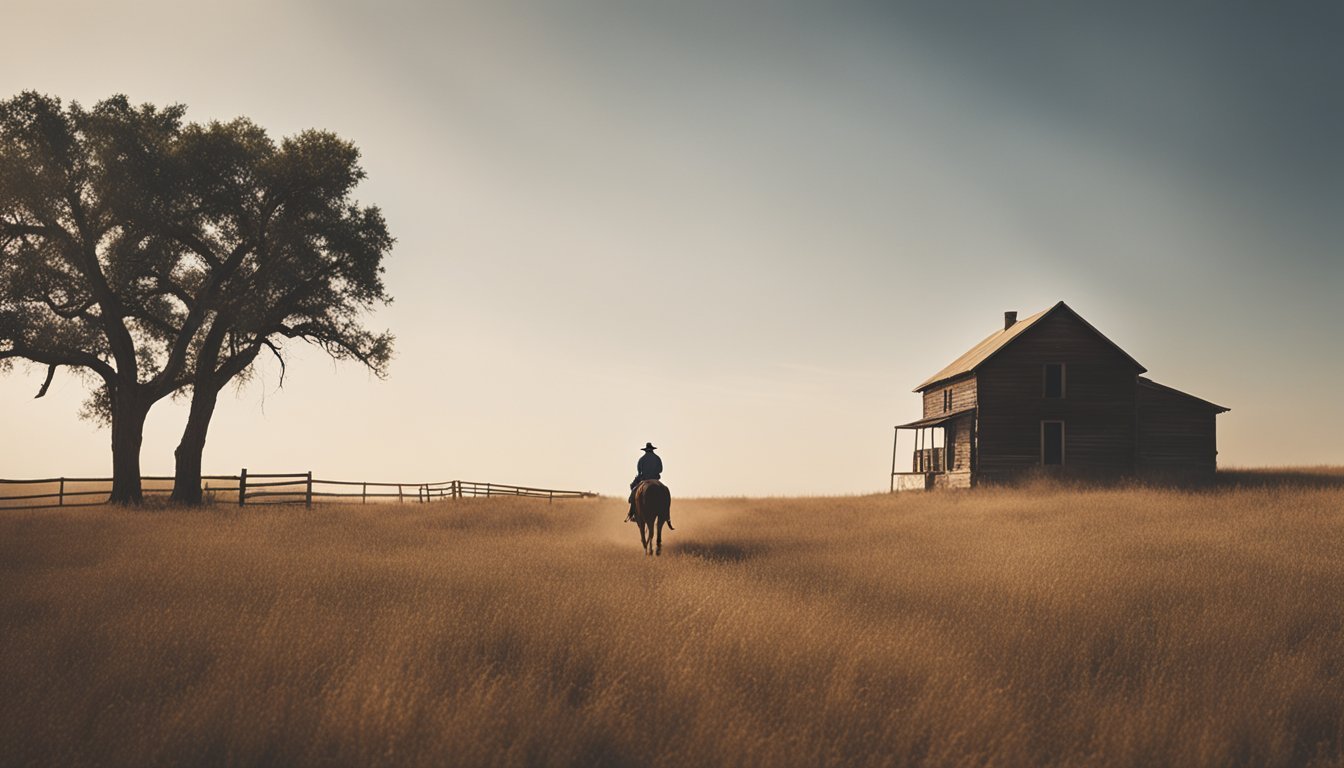3 Little Britches Documentaries: The Teen Bandit of Oklahoma
Exploring Youth Crime in the Heartland
The story of Little Britches, a teenage outlaw who roamed the Oklahoma Territory in the late 19th century, has captivated audiences for generations. Her exploits, alongside fellow young bandit Cattle Annie, have inspired numerous retellings in popular culture, including several documentaries.
These documentaries explore the real-life adventures of Little Britches, separating fact from fiction and shedding light on the circumstances that led a young girl to pursue a life of crime in the Wild West. By examining historical records and expert analyses, they offer viewers a glimpse into a fascinating chapter of American frontier history.
1) "I was born and raised in an outlaw culture." - Little Britches
Jennie Stevens, known as "Little Britches," grew up in a family of outlaws in Oklahoma during the early 1900s. Her parents and relatives engaged in various criminal activities, shaping her worldview from a young age.
As a child, Jennie witnessed and participated in her family's illegal ventures. She learned to ride horses and shoot guns proficiently, skills that would later serve her in her own criminal pursuits.
The Stevens family operated outside the law, stealing livestock and committing robberies. This environment normalized criminal behavior for young Jennie, who saw it as a way of life rather than a moral transgression.
By her early teens, Jennie had fully embraced the outlaw lifestyle. She began participating in more serious crimes, including armed robbery and cattle rustling, alongside her family members and other associates.
Little Britches' upbringing in this outlaw culture set the stage for her notorious career as a teenage bandit in Oklahoma. Her story became the subject of various accounts and dramatizations in later years.
Little Britches - Encyclopedia of Oklahoma History and Culture
2) The 1922 arrest in Oklahoma
Little Britches found herself in trouble with the law again in 1922. At age 43, she was arrested in Oklahoma under suspicion of cattle rustling.
The arrest took place near the town of Sapulpa. Local authorities had been investigating a series of livestock thefts in the area when they apprehended Little Britches.
This incident marked a return to her outlaw roots after years of living a quieter life. It's unclear what circumstances led her back to crime after so much time had passed.
Records show Little Britches was held in the Creek County jail following her arrest. However, details about the outcome of the case or any trial are scarce in historical accounts.
The 1922 arrest provides a glimpse into Little Britches' later years, suggesting she may have struggled to fully leave her outlaw past behind. It remains one of the few documented events from her adult life after her teen exploits.
3) The influence of Bonnie and Clyde
Bonnie Parker and Clyde Barrow's crime spree captivated the American public during the Great Depression. Their notorious exploits inspired numerous works of fiction and non-fiction, including films about young outlaws.
The 1967 film "Bonnie and Clyde" starring Warren Beatty and Faye Dunaway revolutionized Hollywood's approach to violence and antiheroes. Its graphic depiction of bloodshed broke cinematic taboos and influenced future filmmakers.
The romanticized portrayal of Bonnie and Clyde as rebellious lovers resonated with 1960s counterculture. This image of outlaw couples on the run became a recurring theme in later films and television shows.
Bonnie and Clyde's story particularly influenced depictions of young criminals. Their youthful appearance and daring heists provided a template for portrayals of teen bandits like Charles Starkweather and Caril Ann Fugate.
The enduring fascination with Bonnie and Clyde demonstrates how real-life criminals can shape pop culture narratives about youth, rebellion, and crime for decades to come.
Learn more about the 1967 film "Bonnie and Clyde" on IMDb
Historical Context
The 1930s in America were marked by economic hardship and rising crime rates. These factors shaped the environment in which Little Britches operated and influenced public perceptions of outlaws during this period.
The Great Depression and Its Impact
The Great Depression began with the stock market crash of 1929 and lasted throughout the 1930s. Unemployment soared, reaching 25% at its peak. Millions of Americans lost their savings, homes, and livelihoods.
Rural areas were hit particularly hard. Many farmers faced foreclosure and were forced to abandon their land. This economic devastation led to widespread poverty and desperation.
The harsh conditions of the Depression created an atmosphere of social unrest and disillusionment with traditional institutions. Some individuals turned to crime as a means of survival or rebellion against a system they felt had failed them.
Crime in 1930s America
The 1930s saw a significant rise in criminal activity across the United States. Bank robberies, kidnappings, and other violent crimes became more frequent.
Law enforcement struggled to keep up with increasingly sophisticated criminal operations. The FBI gained prominence during this period as it pursued high-profile outlaws like John Dillinger and Bonnie and Clyde.
Public fascination with criminals grew, fueled by newspaper coverage and radio broadcasts. Some outlaws achieved celebrity status, romanticized as modern-day Robin Hoods by a public frustrated with economic inequality.
This cultural context helps explain the enduring interest in figures like Little Britches, whose exploits captured the public imagination during a turbulent era in American history.
The Life of Little Britches
Little Britches, born Jennie Stevens, lived a short but eventful life as a teenage outlaw in late 19th century Oklahoma Territory. Her story captivated the public imagination and inspired books and films.
Early Years and Family Background
Jennie Stevens was born in 1879 in Barton County, Missouri. Her family moved to Seneca, Missouri when she was young. Not much is known about her parents or siblings. As a child, Jennie developed a fascination with dime novels featuring Wild West outlaws and gunslingers.
At age 13, she ran away from home to pursue an outlaw lifestyle. Jennie adopted the nickname "Little Britches" and began dressing in men's clothing. She teamed up with another teenage girl called "Cattle Annie" to form an outlaw duo.
Motivations and Triggers
Little Britches was motivated by a desire for adventure and notoriety. The romanticized portrayals of outlaws in popular literature fueled her imagination. She idolized figures like the Doolin-Dalton gang.
Poverty and limited opportunities for women in the frontier likely contributed to her choices. The outlaw life offered excitement and freedom from societal constraints. Little Britches gained confidence through her marksmanship skills and ability to ride horses.
Her partnership with Cattle Annie provided companionship and mutual support in their criminal pursuits. Together they engaged in horse theft and assisted other outlaws before being captured in 1895.
Notable Crimes and Escapades
Little Britches gained notoriety for her daring thefts and evasion of law enforcement in Oklahoma Territory during the late 1800s. Her criminal activities primarily involved horse stealing and other property crimes.
Infamous Heists
Little Britches specialized in horse theft, targeting ranches and farms across Oklahoma Territory. She often worked with her partner Cattle Annie to scout locations and execute their plans. The duo became adept at identifying valuable horses and devising strategies to steal them undetected.
In one notable heist, Little Britches and Cattle Annie stole a prized stallion from a wealthy rancher near Pawnee. They led the horse on a circuitous route to evade trackers before selling it to an unsuspecting buyer in a neighboring county.
The young outlaws also engaged in small-scale robberies of general stores and post offices. They targeted cash, supplies, and weapons to sustain their life on the run.
Run-ins with Law Enforcement
Little Britches gained a reputation for outwitting local lawmen. She used disguises and false names to avoid capture, often posing as a young boy to throw off suspicion.
In 1895, a posse led by U.S. Marshal Bill Tilghman pursued Little Britches and Cattle Annie. The chase lasted several days, with the girls using their knowledge of the terrain to stay one step ahead.
Eventually, Little Britches was apprehended near Pawnee after a brief shootout. She surrendered without injury and was taken into custody. At her trial, she was sentenced to a reform school in Massachusetts.
Despite her criminal record, Little Britches served only three years of her sentence due to good behavior. She was released in 1896 and returned to Oklahoma.







